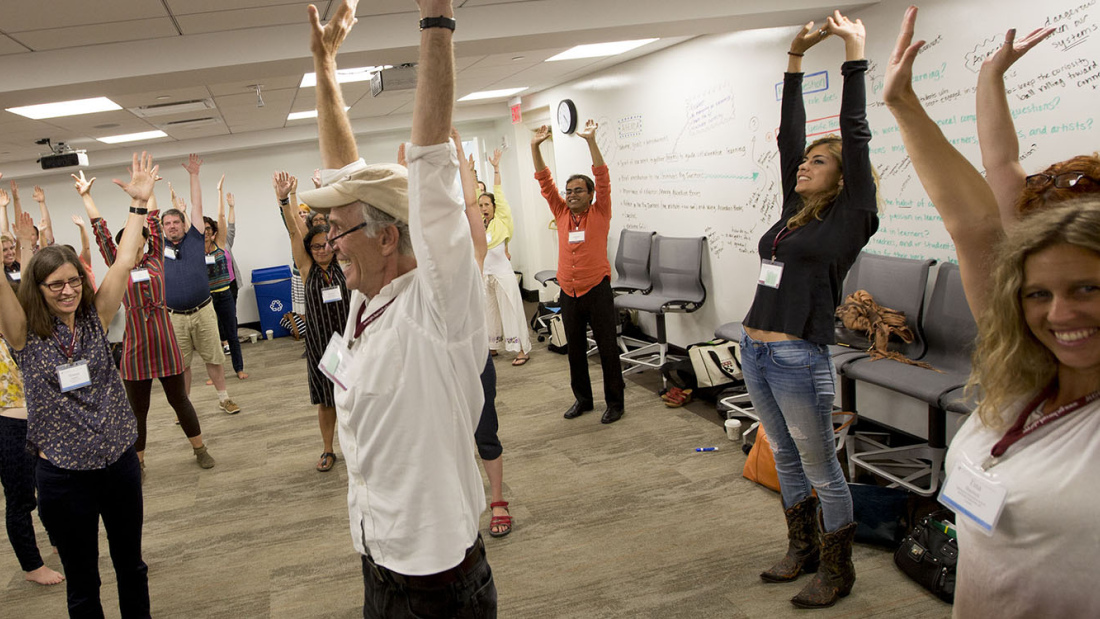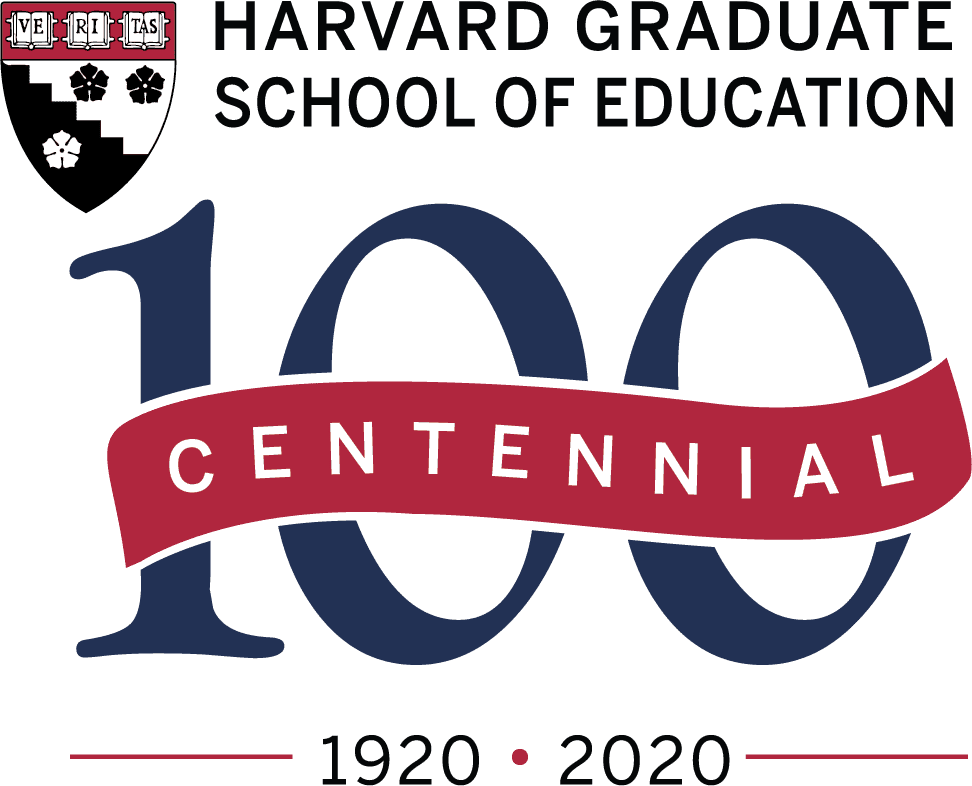Passion-Driven Learning

The arts have long been recognized as a powerful tool in education, offering lessons in problem solving, creativity, and more. But the arts also have a unique capacity to inspire and ignite passion in students — a passion that can fuel learning across disciplines.
With the Silkroad Ensemble, HGSE has carved a central role in celebrating how the arts can fuel deeper learning — and inspire joy — across the disciplines.
That’s the focus of The Arts and Passion-Driven Learning Institute, a professional learning partnership between HGSE and the Silkroad Project, an initiative launched by world-renowned cellist Yo-Yo Ma.
“Passion-driven learning is a phrase Yo-Yo Ma likes to use. You could also call it deeply engaged learning or curiosity-driven learning,” says Steve Seidel, chair of the institute, which is offered by HGSE’s Professional Education. “We’re talking about people hungry to understand some phenomenon, and passion is directly related to understanding and action.”
After years of collaboration on other projects, Seidel and Silkroad launched the first Arts and Passion-Driven Learning Institute in 2012, with the goal of exploring the importance of developing students’ personal passions and revealing how those passions are vital to deep and meaningful learning.
“We conceptualized it as a kind of pop-up lab, with about 125 participants and a staff of musicians, educators, and other artists,” says Seidel. “All of our sessions and workshops are keyed to guided questions about the role passion plays in learning. And what’s unique about the institute is that those questions evolved every year.”
The program is an often inspiring, often rollicking, and wholly original gathering that allows educators to tap their own creativity in order to encourage it in students. The institute draws musicians and other artists, along with administrators, classroom teachers, and professionals working with young children all the way through higher education. While the questions change, the experience of working with the ensemble has remained a constant.
“I think all the participants leave with a strong sense that collaboration is absolutely key to making something bigger than yourself,” Seidel says. “The experience for three days watching the Silkroad Ensemble perform together and then working with them is a deeply collaborative experience, and people take that feeling, and frankly the joy of that experience, back with them to their own academic settings.”
HGSE alum Aliza Greenberg, Ed.M.’07, has attended the institute both as a participant and as a workshop leader. Greenberg is a teacher at the LearningSpring School, a New York City school for students on the autism spectrum, and she says the collaboration and attention to listening modeled by the artists of the Silkroad Ensemble changed how she works in her classroom.
“All children, but especially students with autism, communicate in so many nonverbal ways,” Greenberg says, and she recognized the same with musicians in the ensemble who communicated with each other through nonverbal cues. “It is such a good lesson for an educator, that we need to listen fully, deeply, and not just to spoken words. Listening is key to the collaboration we need to have with our students to create truly meaningful learning spaces.” – Andrew Bauld
Learn More and Connect
Explore the portfolio of programs and institutes offered by Professional Education at HGSE.
Listen to an episode of the Harvard EdCast with Steve Seidel in conversation with Cristina Pato, longtime member of the Silkroad ensemble, about finding passion in learning.
Read stories about members of the HGSE community working at the intersection of the arts and education.
